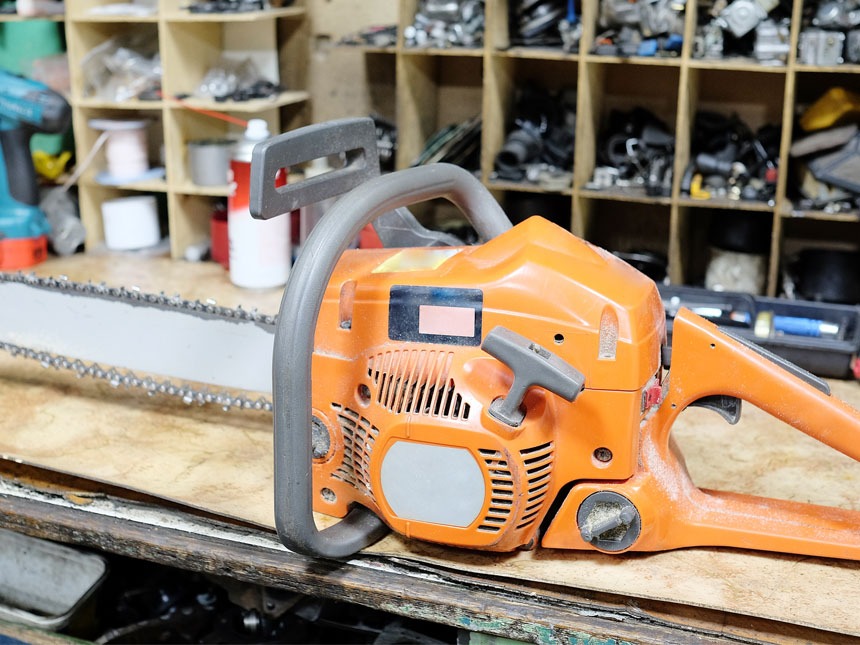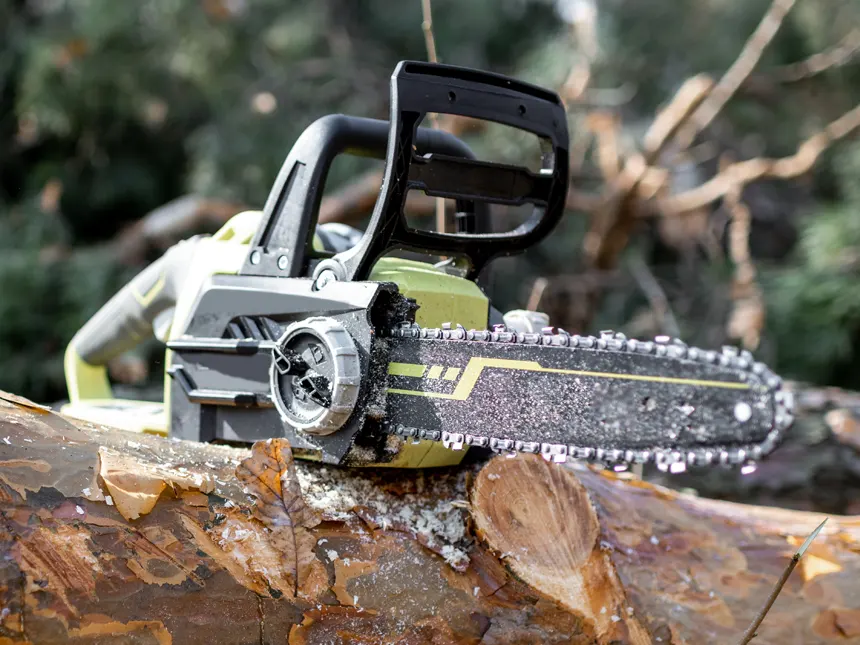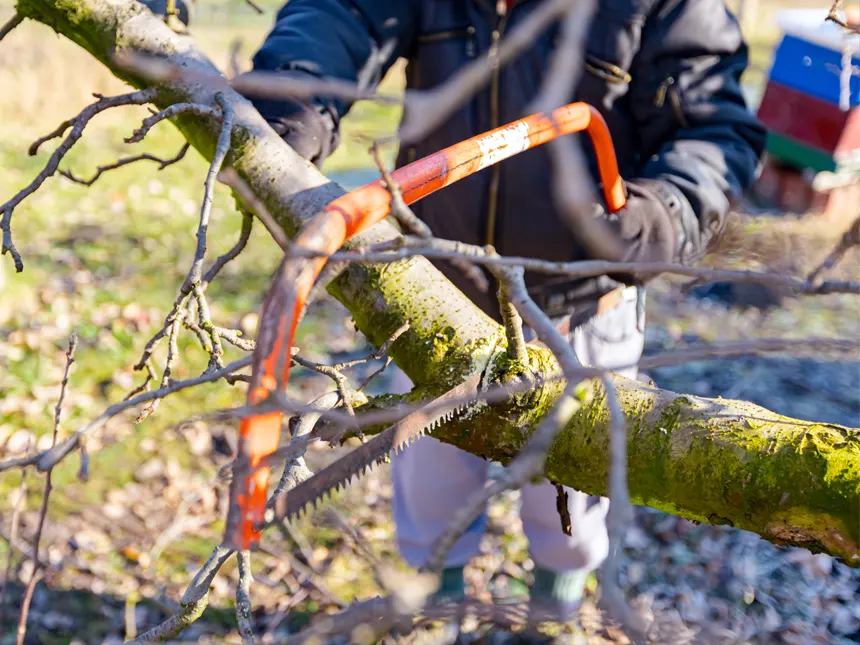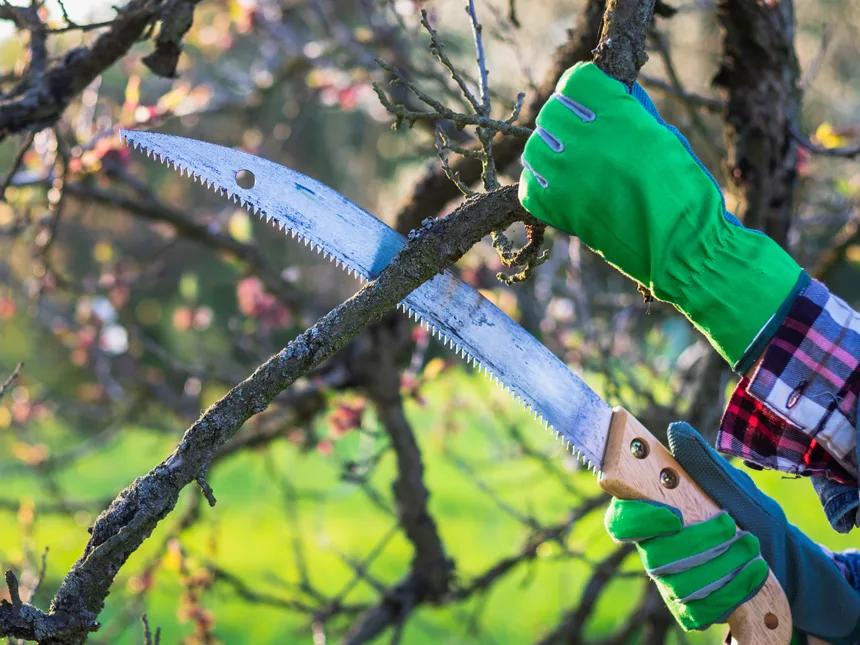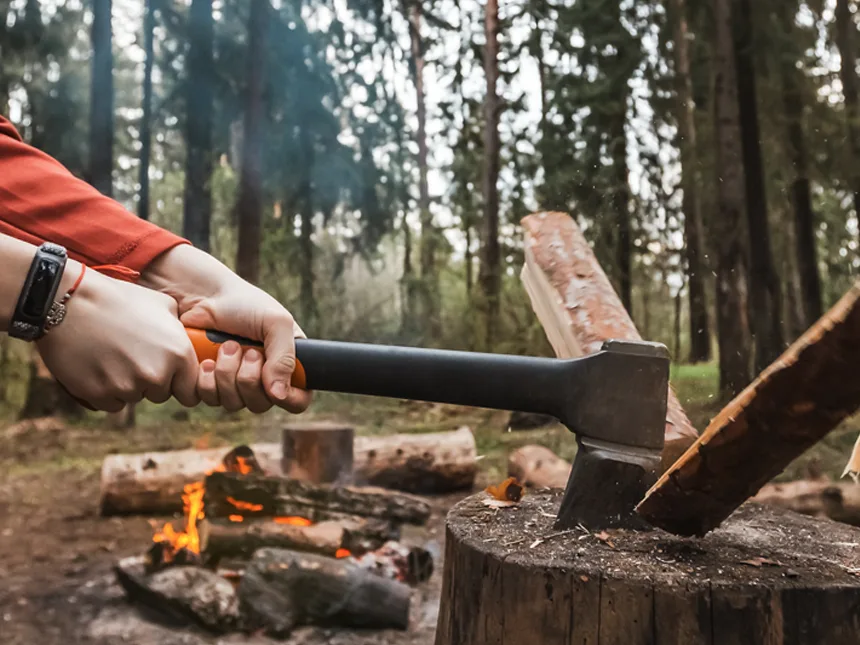Why You Need To Cover Your Firewood
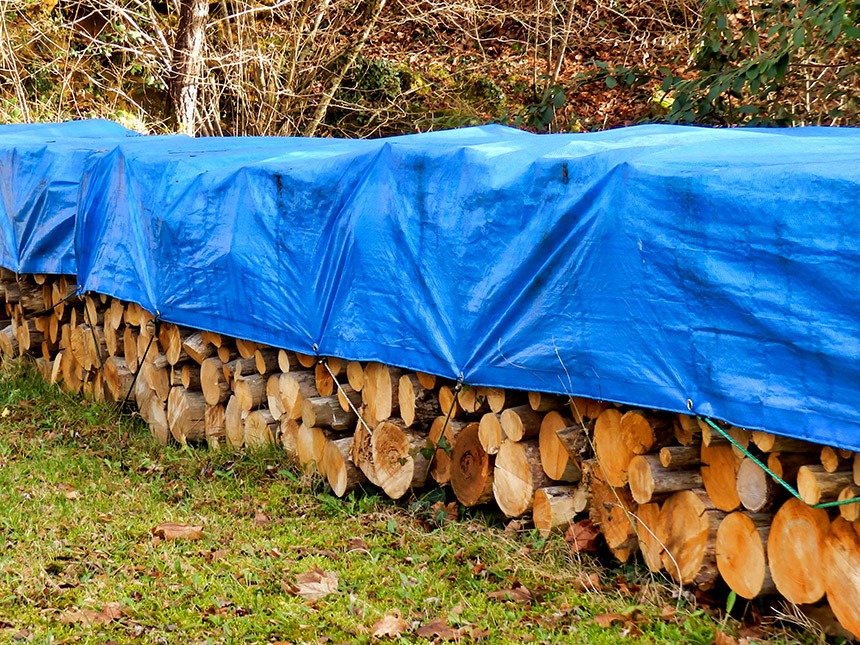
Timber Gadgets is reader-supported. We may earn a commission if you buy through the links on our site.
The tree is felled, the logs are chopped, and you’ve got a nice stack of firewood ready to go. Now what? If you can’t use everything you’ve chopped at once, it’s time to cover and store your firewood.
You need to cover your firewood in order to let it season and properly prepare it for burning. Firewood that isn’t covered is difficult to use at best and a safety hazard at worst.
There are several different ways to cover your firewood, ranging from utilizing pre-existing buildings to setting up new covers using materials like tarps.
Covering firewood is essential to producing wood that will burn well for long periods of time.
Why Should I Cover Firewood?
Covering your firewood is an essential part of preparing it to properly burn and heat your home. If your firewood isn’t covered, it won’t season correctly and could become riddled with pests, rot, and other unpleasant conditions.
Properly seasoning and covering your firewood is also a matter of safety. Burning firewood before it’s ready can lead to carbon monoxide buildup in your home, creosote building in your chimney, and excess smoke output.
In addition to this, it’s also a practical concern; unseasoned or improperly seasoned wood creates a fire with minimal heat output and leads to short burning times.
Similarly, if wood is seasoned but not covered, it’s still unusable. Firewood that’s damp from rain or snow either won’t catch a flame or will put out too much smoke.
How To Cover Firewood (The Right Way)
The goal of covering firewood is to keep it dry and let it cure, if needed, so that you can burn it at any given moment. Here are some covers that can accomplish this:
- Buildings – If you have a shed, lean-to, or similar building, these can be easily converted and used to cover your firewood. Because they’re enclosed but have ventilation, they’re optimal places.
- Tarp – A tarp is a cost-effective and easy way to cover your firewood stacks. Cover the top and let 1 – 2 inches hang down; do not cover the sides. Use a rope or something similar to keep the tarp in place.
- Commercial Cover – Commercial firewood covers are also available; these are designed to protect wood while also allowing maximum airflow. If all of your wood is cured, you can also purchase covers that will completely enclose your stack.
Whatever you use to cover your firewood, it should:
- Allow for airflow and ventilation
- Protect wood from elements like rain and snow
- Last at least six months and preferably longer
- Slanted so that it shucks rain and snow away from wood
- Broad enough to cover the top of your woodpile
All of your wood should always be dry, and seasoned firewood should be ready to burn.
As for where you should cover your firewood, it’s best to stack and store your wood outside, at a respectable distance away from your home or other buildings.
This not only protects your home from unwanted guests (such as termites and spiders, which love firewood), but also provides the wood with increased airflow, which speeds up the aging process.
In terms of airflow, breezy and dry places are the best spots for firewood. It’s not recommended to store your firewood in closed-off areas like sheds, since these cut down on ventilation and provide attractive nesting places for pests and rodents.
However, open barns and sheds would work great as a storage place and cover for firewood. Alternately, if one of your buildings has a sizeable overhang, this will also work well as a cover for your firewood.
If possible, you should also elevate your woodpile 2 – 3 inches above the ground. Otherwise, your firewood may absorb moisture from the grass, dirt, etc. This also provides air circulation to the bottom of your wood, in addition to the sides.
Tips And Tricks For Covering Firewood
Now that you’ve got the basic method down pat, here are some quick tips and tricks for how to properly cover firewood:
- Cure Your Wood – Freshly cut wood is called ‘green wood,’ and it isn’t suitable for burning. Instead, you’ll need to store your firewood “let it season for a season,” meaning you need to let your firewood age or ‘cure’ for at least six months.
- Stack It Right – Stacking the wood can be just as important as covering the firewood. Stack your firewood in rows no more than four feet high, using log racks, pallets, posts, etc.; never just throw your wood into a pile.
- Watch The Bark Sides – When wood is still curing, it should be stacked bark-side down to allow moisture to evaporate; after it’s seasoned, stack it bark-side up to help shield them from rain, snow, etc.
- Distance Is Good – You should store and cover your firewood far away from your home and other buildings. At least 20 feet away is the recommended distance; if storing next to a building (such as a shed), stack wood at least six inches away to allow for airflow.
With these tips in mind, your firewood is sure to last for years to come.
Related: The Best Wood Rack Covers
Covering Firewood: What Not To Do
Just like there are right ways to cover your firewood, there are also ways that aren’t as useful. When covering firewood, here are some things not to do:
- Don’t Be Unprepared – In the warm months, it may be fine if you leave your woodpile uncovered; but remember that inclement weather happens even during the spring and summer. Sun can still reach your firewood through a cover.
- Don’t Use Chemicals – Don’t try to artificially dry your wood using chemicals or solvents. These can cause the firewood to release toxic fumes when burned or lead to (dangerously) higher combustibility.
- Don’t Cut Corners – Though it may seem like a hassle, setting up a firewood cover can be quick, cheap, and easy. Look into what type of cover would work best for you and your wood.
As long as you pay attention to these don’t’s and keep a close eye on your firewood covering, you’ll easily be able to last through the winter.

